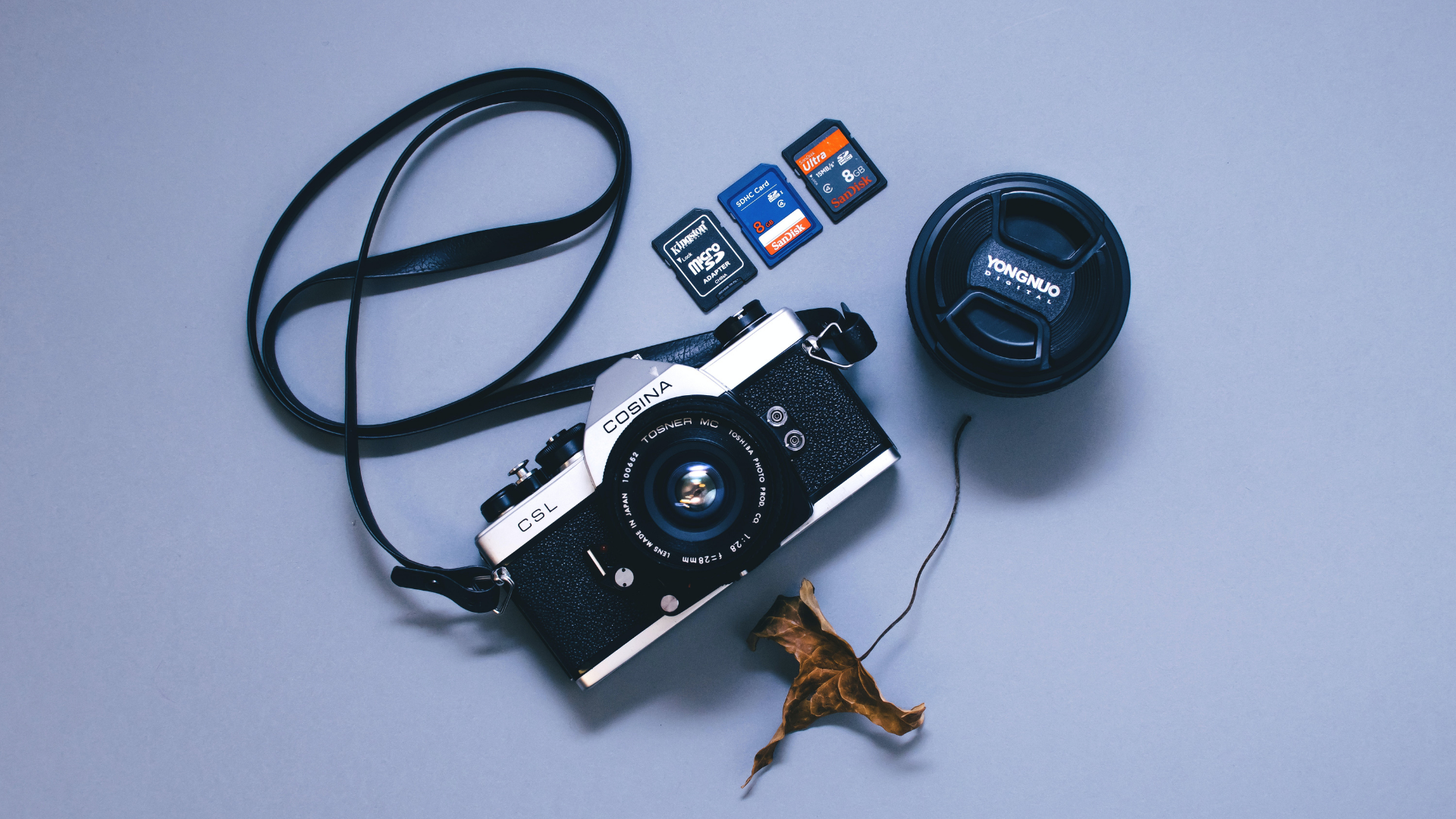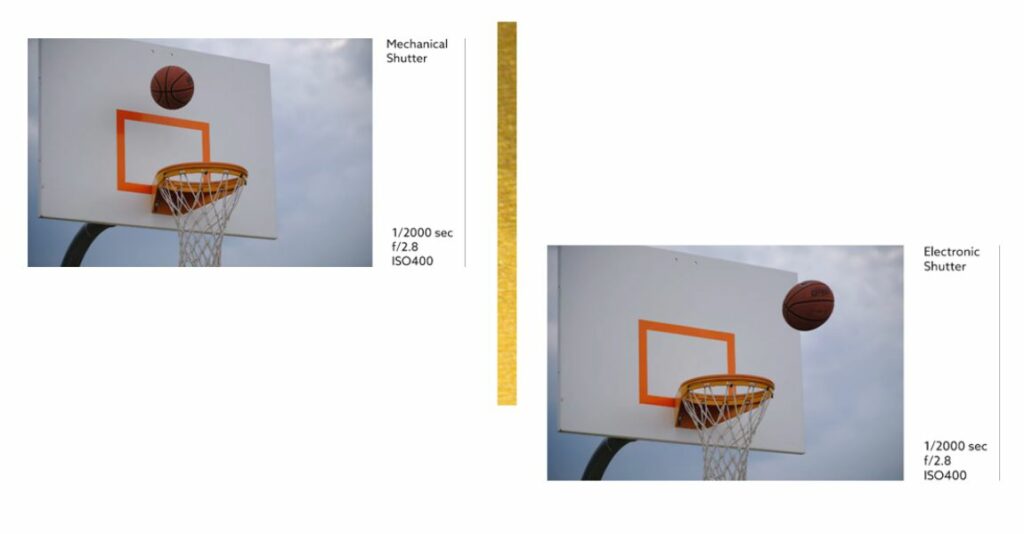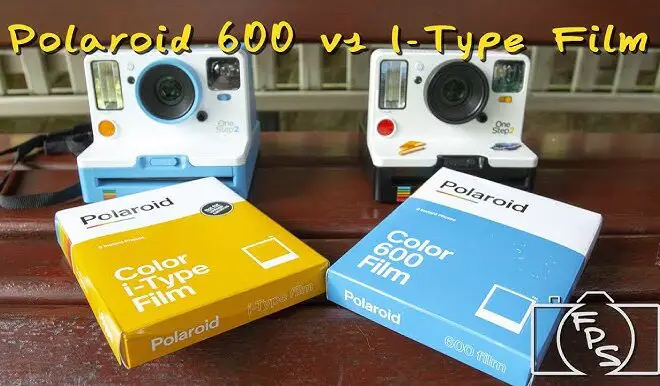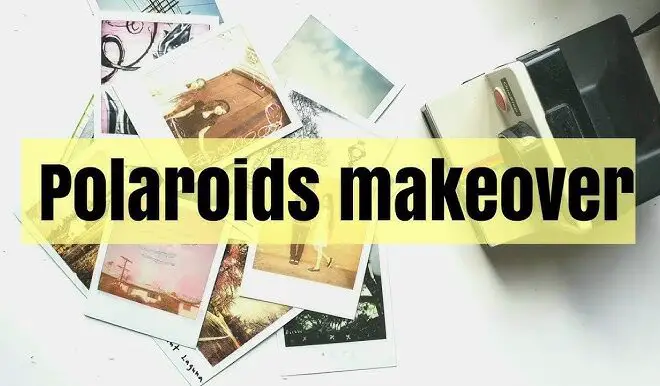
Mechanical Vs Electronic Shutter On Fuji Camera: What To Use?
As an Amazon Associate, I earn from qualifying purchases.
The Fujifilm cameras, such as the Fuji XT3 and the Fuji XT4 come with multiple shutter type options to choose from to allow for the use of these in situations that demand a specific type of shutter.
Whether and when to use the mechanical vs electronic shutter fuji is the topic of discussion. These shutters have distinguishable characteristics.
Both shutter types come with recognizable pros and cons and are to be used in scenarios that they are well equipped for.
Characteristics: Mechanical vs Electronic Shutter On Fuji Camera
First off, the operation of the shutters is different. As the name suggests, the mechanical shutter uses physical curtains that move to let light pass to the sensor. The electronic shutter has an exposed sensor and it reads the exposed sensor data line by line.
Mechanical Shutter:
The mechanical shutter uses front and rear physical covers. The front curtain opens up to let light pass to the sensor and when the exposure ends the rear curtain closes to block the light. Then both the curtains go up and reload to take the next image.
The Fuji camera’s mechanical shutter looks almost identical to the old film cameras. When the curtains open and close they make a click sound that can be heard.
Here is an example of a moving mechanical shutter.

Electronic Shutter:
The electronic shutter turns the sensor on and off and when it has to take an image the data on that frame is read line by line from the sensor’s top to bottom to create a single image.
As it has no moving parts, it makes absolutely no sound. The shutter speeds can be very fast.
Here is an example of an electronic shutter.

Mechanical vs electronic shutter On Fuji Camera: Differences
As I have already said, the differences and use circumstances of the two shutter types are easily distinguishable. Both come with a set of pros and cons and this is a which shutter type to use in what scenario type of a thing.
The mechanical shutter makes a clicking noise when taking a photo. The sound of the shutter is loud and quite audible. The electronic shutter does not make any sound at all which makes it better for events where silence is expected like a wedding or street photography. In this circumstance, using the electronic shutter is preferred.
As the electronic shutter scans line by line of the sensor it takes time to create a full image so for fast-moving scenes, it distorts the subjects by bending them or blurring them out. The mechanical shutter however takes a full image all at once with no distortion.
The use of flash is not advisable with an electronic shutter as the flickering light is too fast for the electronic shutter it’ll create uneven lighting in the images. The mechanical shutter does not have this problem and can be used with a flash in low-light scenarios.
Pros & Cons and comparison
Now let’s look at some images taken using mechanical and electronic shutters and how the different type affects these images and talk about the setbacks.
With the mechanical shutter having moving parts, it introduces Shutter Shock or blurriness in certain situations. The electronic shutter however does a good job of getting rid of shutter shock.
Here is an example.

This issue only happens at shutter speeds from 1/5th of a second to 1/60th of a second or long focal lengths.
The electronic shutter has an issue called a rolling shutter which distorts photos with fast-moving objects.
The mechanical shutter takes pictures with no visible distortion. So in this scenario, the mechanical shutter is the one to use.
Here is a demonstration of a distorted image.

As the images above show. The electronic shutter produces a basketball that looks like an egg because it is distorted. The mechanical shutter on the other hand takes a normal shot of the subject.
Here is another example of the rolling shutter issue with the electronic shutters.

The propeller blades on the plane look round or curved in this case.
There is a variant of the electronic shutter called the Global shutter which can take photos of moving objects without distortion because it scans the whole sensor in one go.
But most modern cameras don’t support this new technology. Someday in the future, it might and the electronic shutter will take a big step forward.
Another issue with the electronic shutter is the banding of light under flickering or fluorescent lighting sources. Let’s take a look at some samples.

With an LED light there is clear banding of light with the electronic shutter. It is a product of the same line-by-line scanning mechanism as this shutter. The mechanical shutter does not have this issue and does not bend lights.
The moving parts in a mechanical shutter can break or not be usable after a certain time passes.
It is also slower in comparison to the electronic shutter as it has to reload after taking a shot and continuous shots won’t be as many at a set amount of time.
Both shutter types come with their values and setbacks. Using only the mechanical shutter will reduce the life span of the curtains. So it is advisable to switch between the two modes as the situation demands.
Mechanical vs electronic Shutter on Fuji Camera: Which one to use?
There is no clear decision on which type of shutter one should use. There are circumstances where the mechanical shutter outperforms the electronic shutter and vice versa.
But if a user is confused about what shutter they should use in a certain situation then the mechanical shutter is their best bet as it is an all-around shutter that does what it is supposed to; take amazing images.
For landscape photography with a camera mounted on a tripod, the electronic shutter will bring out the sharpest images.
Also for being silent such as a documentary shoot the electronic shutter is the way to go. The electronic shutter can also take continuous shots more frequently.
For product photography with artificial lights, for portraits or for shooting fast-moving subjects in wildlife photography or sports photography the mechanical shutter is the one to use.
These are the use scenarios of the mechanical and electronic shutter types. Overall the mechanical shutter should be more frequently used but depending on the circumstances the electronic shutter comes into play as well.
Final Words
I hope that answers the question of mechanical vs electronic shutter fuji.
Since the Fujifilm cameras offer both shutter types to be used, the use of a shutter type should be considered based on the circumstances and what type of photo a user is going to take.
Just a quick suggestion to use both the shutter types so it retains the life span of the mechanically moving parts in a mechanical shutter.
- Read Also: EPX76 vs A76 Battery: A Comprehensive Comparison
- Read Also: How to Update Flashpoint V1 Firmware (Step-by-Step Guide)
- Read Also: Best NP-FZ100 Replacement Battery You Can Buy in 2023
- Read Also: Pixma Pro 100 vs 200: Should I Replace?
- Read Also: Epson ET-7750 vs ET-8850: Worth the Upgrade?



